National Orphan Train Museum
As part of our weekend road trip around north central Kansas (plus a side trip into Nebraska), my husband and I stopped Saturday afternoon at the National Orphan Train museum in Concordia, KS. The Orphan Trains are a rich and facinating part of American history, but few know much about them these days. The museum and nearby research center are dedicated to changing that. Housing a collection of artifacts and orphan’s stories, it is a walk back in time. In the early 1850s, it is estimated that about 30,000 children were living on the streets of New York city.
Two charity organizations, The Children’s Aid Society, and the New York Foundling hospital started a program to place these vagrant children with families throughout the country. Starting in 1854, groups of children with 2 or 3 agents from the Children’s Aid Society,
were put on trains headed west.
Small towns were notified ahead of time to expect the trains.
Prospective parents would fill out applications seeking approval for taking a child home. At each town, the children, ranging in age from babies to teenagers, were looked over, interviewed, and most were taken into homes of pioneer families. The parents were required to sign a document stating they would treat the child well.
Unfortunately, some were not treated well, and ran away or were placed with another family. But most were eventually adopted as family members.
The orphan trains continued until 1929, and it is estimated that about 200,000 children were placed during the 75 years the program continued. It is thought today that 1 in 25 Americans has a family member who stepped off an Orphan Train into a new life.
If you would like to learn more about the Orphan Trains, you may visit the National Orphan Train Museum website here.
Next on the north central Kansas weekend road trip is the Pawnee Indian Village Museum. Learn about the largest and most powerful of the groups who ever lived on the central plains, and see the remains of one of their earth lodges. See you tomorrow.
~~~~~~~~~~~

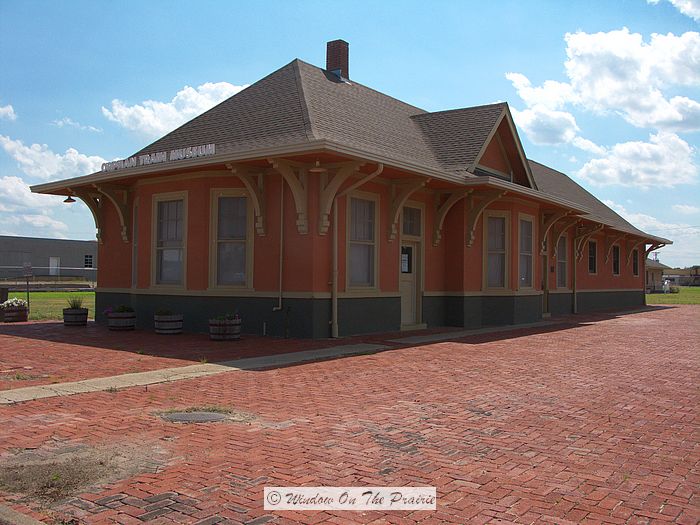
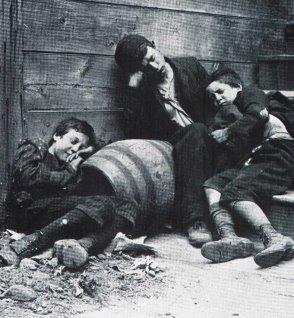
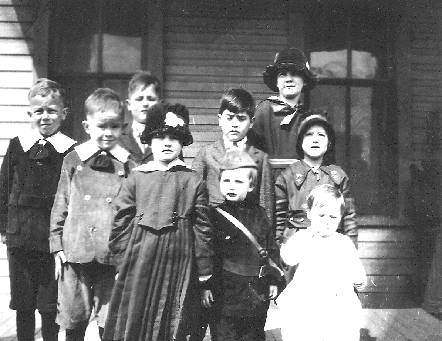
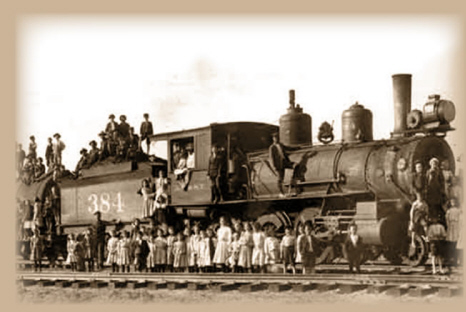
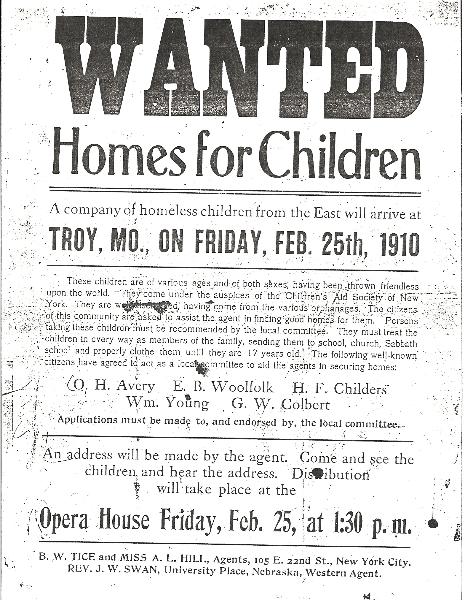
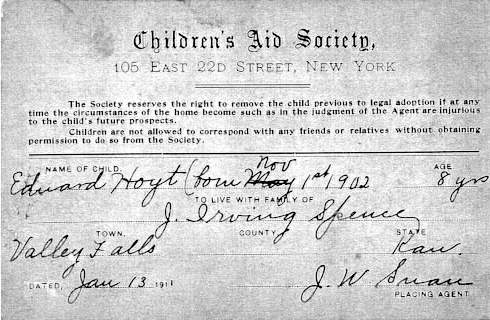
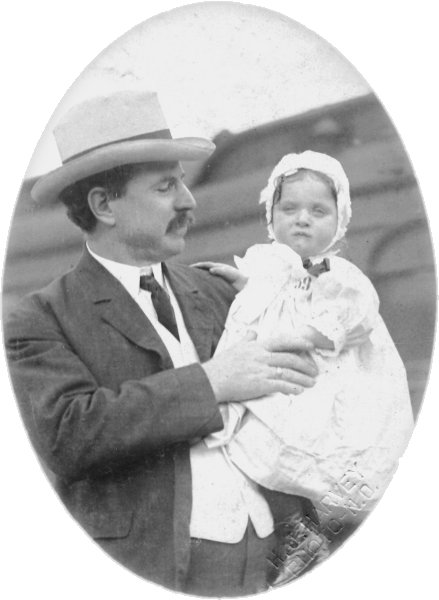
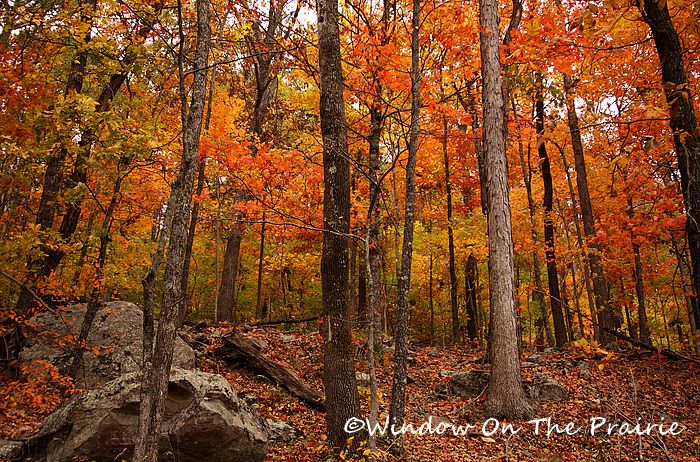

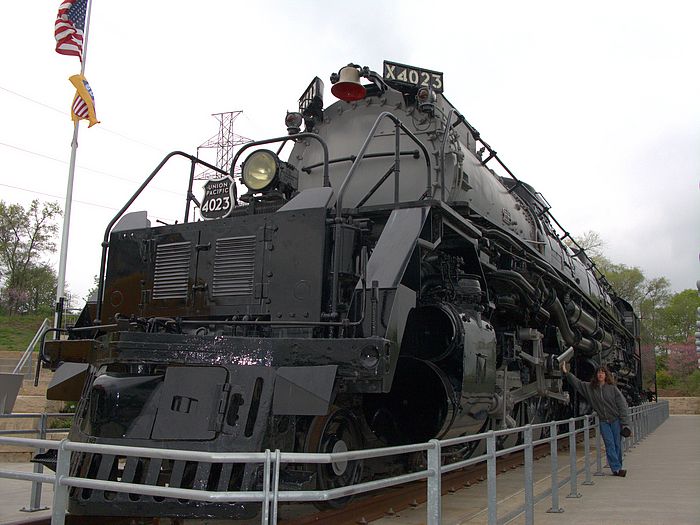
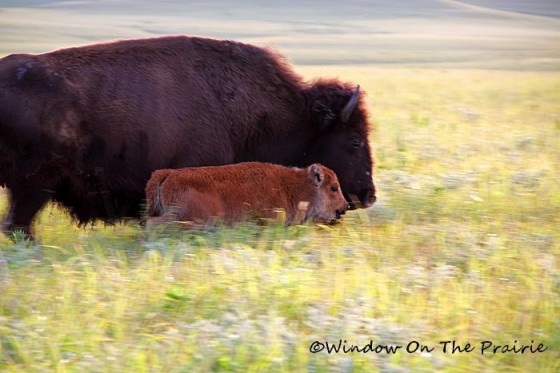
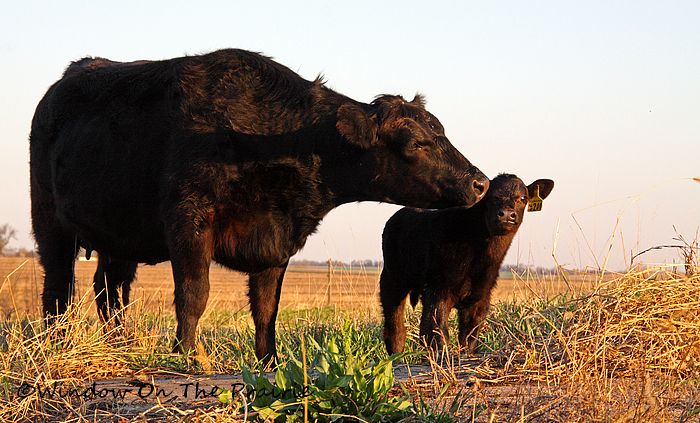

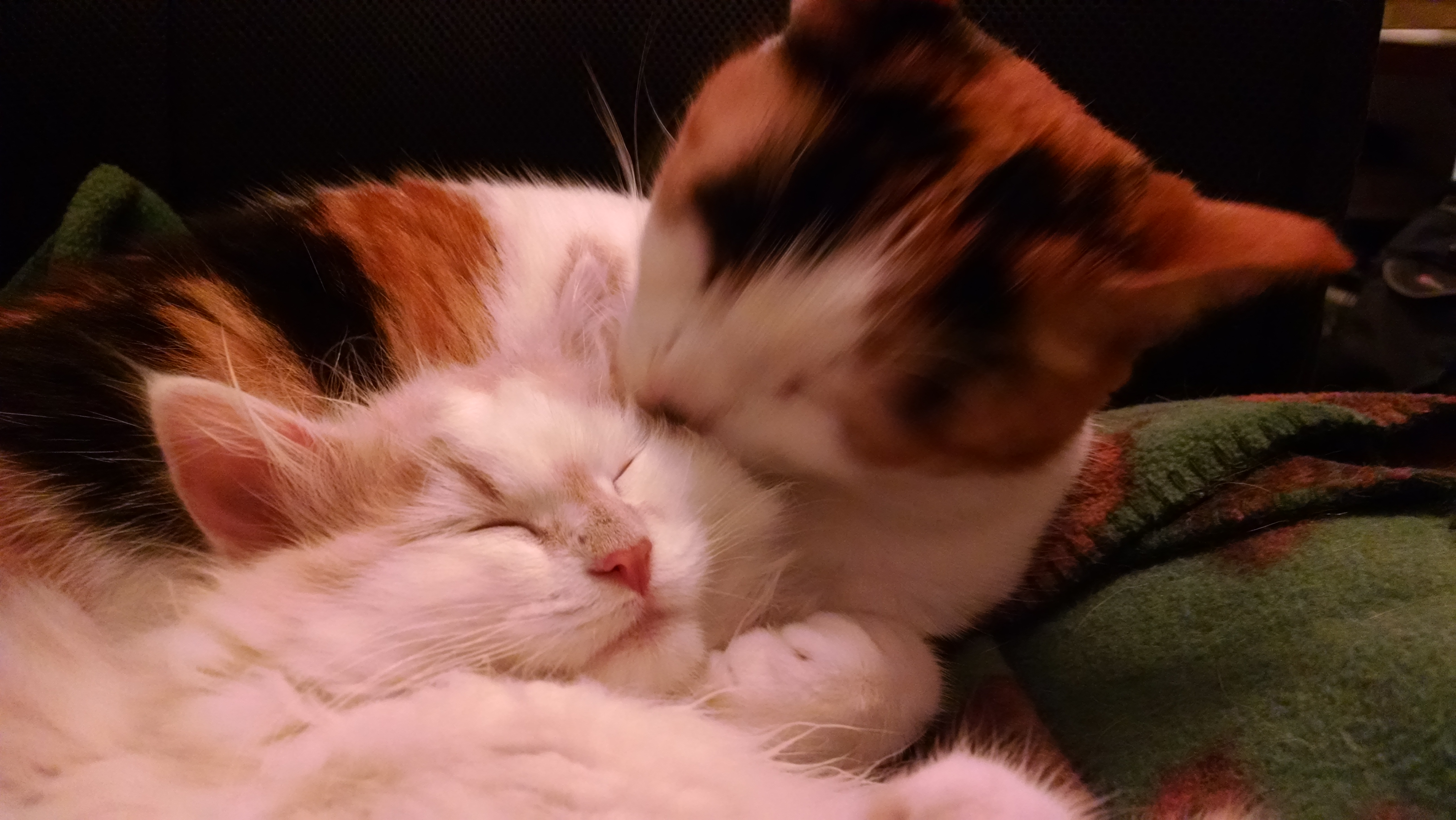
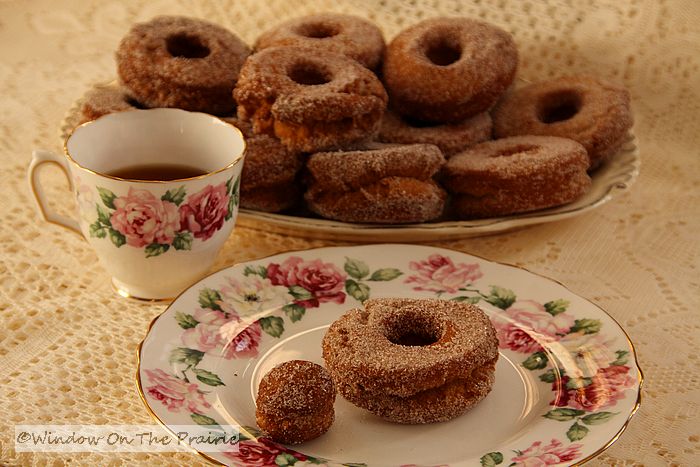
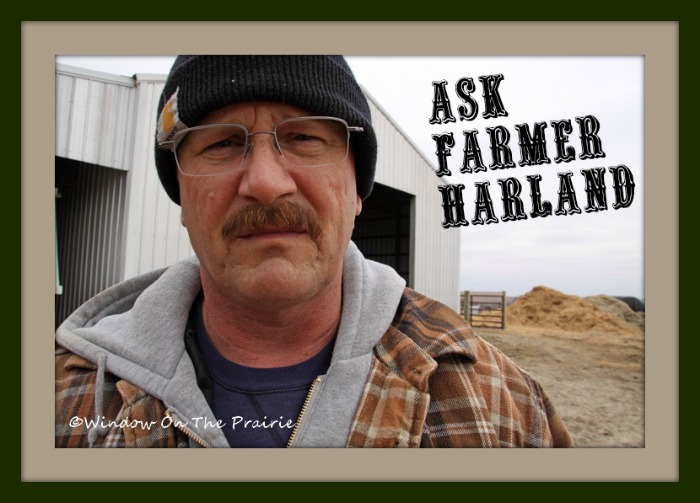
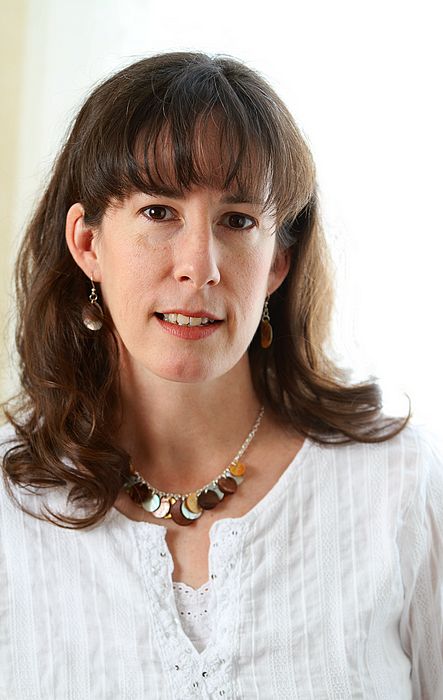


I never knew that this place existed (until now)! I’ve read about the orphan trains and have been fascinated with the history.
Hello Lee Ann,
The orphan’s stories are facinating – I didn’t know much about this either until I visited the museum, but then I did some research online, and there is a lot there about this subject.
Thanks for stopping by.
Thank you so much for this accurate, concise posting on the history of the orphan train movement of 1854-1929. As the granddaughter of a rider, and the author of 2 books on the subject, I just returned from Kansas myself having been invited by the Salina Arts & Humanities Commission to speak for two week to local schools and organizations. I also visited the museum in Concordia and met with students there as well.
Although I am an author, my true passion is to spread the word about the orphan trains so that one day, we will be able to stop any person on the street and ask about this period in history and the response will always be, “Yes! I know about the orphan trains!”
Thank you, from my heart, for helping to spread the word…the accurate word!
Donna
Granddaughter of Oliver Nordmark, Orphan Train Rider to Kansas
Hello Donna,
I’m so pleased you enjoyed this, and thank you much for sharing your story. I’m not sure how this part of our history has been overlooked. It’s so compelling, and affects so many Americans whether they are aware of it or not.
Stop by again sometime and Thank you again.
Suzanne
I love this! Thank you for sharing!
Tiffany in Topeka
Hi Girl with a Camera,
You’re welcome, and Thank you!
We used to read Capper’s Weekly and it was full of letters of folks who had been those orphans! What interesting stories they had to tell and how sad that we are losing our “living history” every day.
Hello Glenda,
I’m glad there are places like this museum that are working to keep Americans aware of their shared history.
Take care,
Suzanne
Wow…I never knew this. How come? Is it in the history books? And if not, why not? I love that you share such amazing history with us. Thank you so much for that. Its a unbeliveably sad story. Beautiful building…
Julie,
Don’t know why it’s not in the history books. I don’t recall hearing about it in school. But I’m glad the museum is there to get the word out.
Thank you!
Not sure about not being in History Books. Sometimes teachers would mention things in class (depending on how much knowledge the teacher had. It IS mentioned in some books – amazing what we can learn through reading. I would enjoy visiting the museum.
Hi Suzanne,
I don’t know how to get blogger to reply directly back to you. I did it in the last comment and apparently, no one gets notification of comments and/or replies. I also commented back this time around too; but, decided to come back here and put it in here. I hope you get it as I have no other way of letting you know the answer. 🙂
We vacationed in the Springfield, MO area as that is where most of Dan’s family lives.
Lee Ann
What a great story! I am adopted and so is my brother. My husband and I also adopted two children (ages 6 and 7) from Russia. We also have a loving 22 year old daughter!
I thank God everyday for finding me a loving home with parents that love and adorded me, and that is how I feel about all my children.
How lucky I am to be choosen!
As Always love your blog,
Kristina
Hi Kristina,
Thank you so much for sharing your story – heartwarming.
Interesting post!! Sounds like I will have to take a tour up north and check some things out for myself!! I keep thinking that our family should do some day-tripping around Kansas–just haven’t gotten to it! Maybe someday–if it ever slows down long enough 🙂
Hi Melanie,
This is a good site to go for a trip planning in KS. http://www.getruralkansas.org/
Happy road trippin’
Suzanne
I was intrigued by the term ‘orphan train’ in the name of the museum until I read the brief history given by you. And I was really touched. I hope, some day, the hundreds of street children in my country would also be able to find loving homes.
Shailaja,
Every child deserves a good home.
Oh my gosh! I had no idea there were that many children living on the streets in NYC back then. Unbelievable! It’s got me wondering how they lost their parents. I will check out the website today. My father was an orphan. His mother died giving birth and his father left after that. What a sad story. Well, he turned out great in the end. He is the best father ever. He married my mom and had 6 children and they are still married today. Very interesting post!
Hi Bonnie,
Some were orphans, but some had parents that coudn’t take care of the children they already had, and so they gave some of them up. It’s sad.
Thank you for visiting.
Fascinating. I knew about the orphan trains, but I didn’t know about the museum. That would be a wonderful visit. It’s amazing how many children ended up orphaned and on the streets. By the way, I have a new url. I hope you will come visit.
Teresa
Teresa,
It was a facinating visit.
Thank you.
Here in southeast Kansas, I know an older lady, now in her late 60s/70s, who came to Kansas in the early/mid 1920s. She was a toddler when she came as an orphan on one of the orphan trains from the Eastern U.S.
Mrs. H
It’s just amazing how many people there are who either were on the orphan trains, or know someone who was. Thank you for sharing your story.
If I had not been adopted out and came to Kansas I would have been put in an orphanage.
Barbara,
I’m glad it turned out well for you.
Thanks for visiting,
Suzanne
Since I’ve had the hobby of genealogy for 41 years, getting to see the Orphan Train station was pretty cool.
Linda
http://coloradofarmlife.wordpress.com
Hi Linda,
You’re welcome. It’s a pretty neat place.
Suzanne
Oh what sad pictures!
Hi Sylvie,
True. Hard to look at.
Have you read: Train To Somewhere by Eve Bunting? It is a children’s book,
but well worth reading. It chokes me up each time I read about the older
girl who is the last one on the train.
Hi Elaine,
No, unfortunately, I’ve not read that book, but it sounds like a great read. Thank you!
I love to read and I have read about them and some of the life that some lead as slaves what a shame that some had to go thru that but it still was so interesting to see photos and read what you wrote.
Thanks
Hi Aletha,
Yes, it’s sad to read about those orphans who landed in not so nice homes. Some of them though ran away and eventually ended up in good homes. A fascinating part of history.
Isn’t that just a heartbreaking place to visit. I could just cry looking at how sad those children were. My gma’s family actually took in an orphan but she ended up running off to try to find her real family in NY and they never heard from her again. It was pretty sad.
Oh, that is so very sad. When I see the photos of the orphan children I just want to reach into the picture and take them home. Indeed a sad time for them, but thankfully most of the orphans on the trains ended up having happy lives.
I first learned about the orphan trains in the early 60’s when my mother-in-law told me that my husband’s paternal grandmother had come to Iowa on one. I’ve known about the museum for some time, and would love to visit there, but strangely, my husband is not the least bit interested.
Hmmm…well maybe a visit would spark his interest. I love history of any kind, but for some people, history is just not their bag. Everyone’s different.
I am an associate professor of history and now that I am “retired,” I continue to teach U.S. history courses online for several community colleges. As part of the requirements in my classes, I have my students study the history of the orphan trains. So many of the students when they first enroll in my class say they don’t like history or hated it when taking it in school. But after they find out about the rich and colorful history of America, and the good…the bad…and the ugly of our heritage, they come to be fascinated by history. The story of the orphan trains, rarely found in textbooks or taught in our schools, is just one of many legacies that this nation has to offer. It is an endearing and poignant story, but one that must be told.
The song “Orphan Train” is now on You Tube
http://youtu.be/BGNUcQ7FfyY
Christina Baker Kline (author of “Orphan Train” -book) posted
the song on her Facebook page
Take a look and listen!
Look forward to your response
Joe DeFilippo
Need help….would love to find out if my grandfather was on the Orphan Train.
I do know he was adopted…said on death certificate…born in Marshall,MO.
Have found the history on parents…but do not know if that was the adopted parents.
Have contacted the court house in that county…. they have no one adopted around that time.
Looking a few yrs.before or after… with my grandfathers name.
Where do i get records of the the Orphan Train….that stopped in Marshall Missouri.
They seem to know nothing about this.
thank you
Have you contacted MoGenWeb: http://projects.cousin-collector.com/index.php/saline-county
There’s also a Missouri State Historical Society: http://statehistoricalsocietyofmissouri.org/cdm/
You might try the National Orphan Train complex: https://familysearch.org/learn/wiki/en/National_Orphan_Train_Complex
I would like to speak with some one about my grand mother’s please contact me